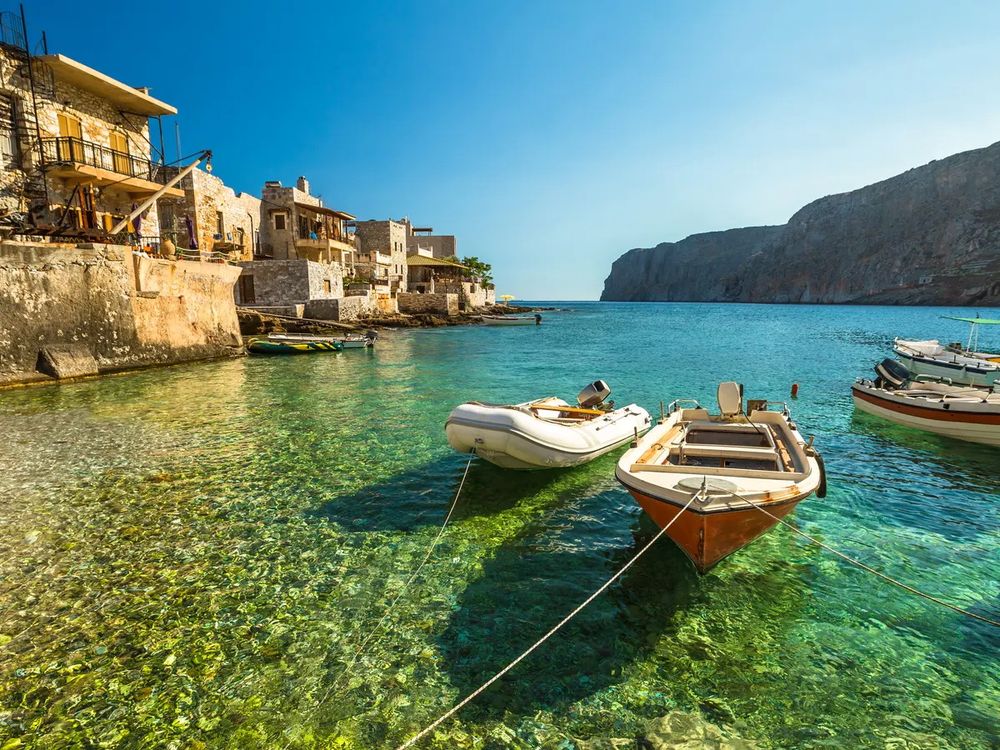Budapest’s Castle District abandons in great historic attractions, interesting museums, charming, crooked streets following the shape of the hill, little cafés and restaurants. Besides the monuments you get a breathtaking panorama from here of the Danube with the Chain Bridge and the opposite Pest side. Everything at one place! It’s ideal to spend a romantic morning here in spring or in a sunny autumn day, before the tourists overrun the hill.
Major sights in Budapest Castle District:
- Royal Palace,
- Fisherman’s Bastion,
- Mathias Church.
The best way to get up the hill is to take the Cable Car (Sikló) from Clark Ádám tér at the Buda end of the Chain bridge. The track is almost 100 m long. Ticket cost… opening hours.. Other option is to take the Várbusz (Castle bus) it departs every few minutes from Moszkva tér.
A bit of Budapest Castle District history
First inhabitants moved up here in the 13th century after the devastating Mongol attacks. Budapest Castle District’s Golden Age started when the Royal Court moved here. During the 15th century, under the rule of Mathias King, Buda was one of Europe’s most influential city. The Turks invaded it in 1541. Budapest Castle District was under Turkish rule until 1686 when the Austrian Habsburgs and their allied armies taken back the hill. The siege left it in ruins.
After the Turks the Habsburgs moved here. Reconstructions began immediately, following the old street layout. The Castle became a government district. The current elegant Baroque appearance was formed by the mid 18th century.The battles in 1944-45 ruined the place again.
Reconstructions after the war rebuilt Budapest Castle Cistrict: the buildings by the Habsburgs were reconstructed, the street pattern of the medieval city has been kept and much of the architectural features have been restored.
People still live here. Cars are banned from Budapest Castle District: only people who live or work in the area, guests of the Hilton Hotel, taxis and the Várbusz have permission to drive up here.
Budapest Castle District Bécsi kapu tér (Wienna Gate Square) and its surroundings
The only existing old town-gate. A very good spot to start your walk in Budapest Castle District. This is the northern gate of the District, all four roads that run along the hill converge here. From here it takes only a few minutes to get to busy Moszkva tér.
It was a Saturday Market in the Middle Ages for non-Jewish merchants. You can walk up to the top of the gate. From here you you get a beautiful view of Buda Hills. You can see the Parliament from an unusual angle.
You’ll find some charming houses around Wienna Gate too (No.-s 5-7). The most famous is the house at No. 7. It was built on the site of a medieval house. A priest and teacher, who lived herei rebuilt in 1807. Beautiful grilles decorate the windows and the door of a staircase in the gateway. In the first half of the 20th century Baron Lajos Hatvany lived here, a patron of arts. In 1935 and 1936 Thomas Mann was his guest in this house for three times. The large building of the National Archieves towers the northern end of the square.
The so-called Europe Grove is to the right of the Gate. Mayors of all the major European cities planted rare trees here in 1972. You find about 16 types of trees here, for example Turkish hazel and Japanese cherry.
- Kapiszitrán tér
On the corner of Kapisztrán tér and Országház utca, you bump into the Maria Magdalene Tower. It was a Franciscan church in medieval times. Under the Turkish rule this was the only Christian church, the Turks converted all the other churches into mosques. Since this was the only Christian church, both Catholics and Protestants used it. In the end, the Turks converted it into a mosque as well. The church was destroyed in World War II, only its 15th century tower survived the bombings.
Behind the Maria Magdalene Tower is the Military Museum (Tóth Árpád sétány 40.).
Visit its room devoted to the 1956. Uprising and you’ll find out everything important about these 13 chaotic days. The hand of the legendary Stalin Statue is here too. People destroyed the statue in the huge parking area behind Műcsarnok in Heroe’s Square during the uprising. A remarkable historical weapon collection, uniforms, flags and coins are also exhibited in this museum.
In this museum you travel back in time and wittness Budapest’s commercial boom at the turn of the last century, and in the early decades in the 20th century. There were more than 400 cafés in Budapest in 1900.
Sipping a coffee in one of these cafés or coffe houses on a Sunday afternoon was a very popular activity. Recreated interiors of famous coffee houses, complete shopfittings and appliances of a small confectioner’s in Buda: scales, baking utensils, old menus, advertisements etc.
The famous Café New York’s legendary table with cartoons of several eminent writers is allso exhibited here.
A very nice museum with unique exhibitions, recreating the atmoshere of Budapest’s good old days. If you bring your kids do visit it with them, they will find it more entertaining than the other more earnest museums in Budapest Castle District.
Budapest Castle District Szentháromság tér (Holy Trinity Square) and its surroundings
The centre of the Castle District is at Szentháromság tér (Holy Trinity Square). The Holy Trinity Statue, the Old Town Hall, the House of Hungarian Wines and Matthias Church are here.
According to a legend our first king St. Stephen started to built the church, but it’s not been proved yet. Historical proof shows that King Béla IV founded the church in 1255 after he moved his court up to Castle Hill from Óbuda.
However, its name comes from the fact that the popular King Matthias held both of his weddings here. The main eastern gate and the long apse are 13th century, the central part was built around 1400. Every king and era added something to the church.
In 1541 the Turks captured Buda and transformed it into a mosque. They celebrated their victory here. Luckily the church’s treasures had already been moved from Budapest castle District to Bratislava.
After the Habsburgs recaptured Buda in 1686, Matthias Church came under Jesuit patronage. The church was rebuilt at the turn of the last century in neo-Gothic style by Frigyes Schulek. The 13th century remains were incorporated in the new design.
The interior is very striking. Despite the vaulting and the stained glass windows, it’s nothing like a Gothic cathedral, it has a sort of mystic, Eastern athmosphere. The wall paintings are scenes from the Bible and events from Hungary’s history.
It has an excellent acoustics so it often houses concerts. It’s probably the most popular church to get married in Budapest. For a couple of years tourists have to pay admission to get into Matthias Church.
There are two hotels near Szentháromság tér: a luxury hotel: Hilton Budapest (Hess András tér 1-3.), and a small but cosy budget hotel: Burg Hotel (Szentháromság tér 7-8.).
Admission:
As part of the renovations the Fisherman’s Bastion was added in 1905. There are two explanations about the origin of the Bastion’s name: some say a fish market was nearby in the Middle Ages, according to others the Guild of Fishermen defended this part of the wall.
Despite its name it’s a look-out terrace. It has seven turrets one for each of the Hungarian tribes. The design was inspired by the Far East. "Kitchs but beautiful" according the writer Szerb Antal.
From its top you get one of Budapest’s best pamoramic view.
Should you miss the International Wine and Champagne Festival in the beginning of every September, make sure you visit the House of Hungarian Wines in Budapest Castle District.
In the cellars of the Neo-Gothic building there are 450 Hungarian Wines from the country’s 22 wine regions. You can taste 70-80 wines within the admisison price, snacks are also offred.
Use your Budapest Card to get discounts. You’ll get a tasting glass, and can wander through the cellar complex while tasting the wines you wish to. Read information in 4 languages (English, German, French and Hungarian) about the wines and wine regions of Hungary.
Taste Egri Bikavér and the sweet Tokaji dessert wines.
To make the area even more romantic, beneath Budapest Castle Hill is a labyrinth of caves, tunnels and cellars. It’s about 10 km in length and a section of about 1.5 km is open to visitors. Part of the labyrinth was formed naturally, the other parts were excavated mostly in the Middle Ages for protection purposes. During World War II thousands lived through the siege down here.
Visit its waxworks exhibition, it introduces the Hungarian history in a way that is both funny and serious. Guided tours in four languages start every 10-20 minutes. The temperature is around
14 Celsius and humidity is 90% so bring a coat or sweater with you!
Budapest Castle District Royal Palace
The original Royal Palace was destroyed and rebuilt many times. Its history is very much like that of the Mathhias Church. King Béla IV started building it in the 13th century after the Mongol invasion. The original Gothic Palace was built and expanded for 300 years.
The golden era of the palace was under the rule of King Matthias (1451-90). It was totally destroyed in 1686 when the Habsburg army liberated Buda from the Turkish occupation. The Habsburgs built a completely new, small Baroque palace in the beginning of the 18th century. It was damaged again in the 1848-49 War of Independence. The following reconstruction almost doubled it in length at the end of the 19th century ( now it’s 304 m long) and a large wing was attached to the back. In 1945 it was the last defense of the German troops in Budapest. Post-war reconstruction revealed Gothic and Renaissance foundations that have been incorporated in the building during the works. Thus the Palace is a mix of architectural styles.
Today the Palace houses three museums: Budapest History Museum, Hungarian National Gallery, Contemporary Art Museum (Ludwig Collection) and the Natioanal Széchenyi Library.










